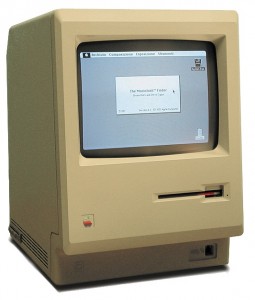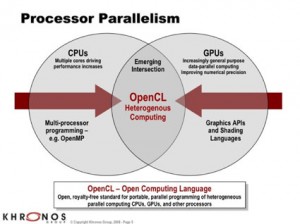Happy anniversary, Mac.
25 years ago, Apple introduced the Macintosh and changed the way we thought about computers. For anyone outside a research lab, a computer with a graphical user interface was a revolutionary change in the way we worked with computers.
The Mac was a huge innovation, and its influence is still felt today, but our interactions with computers since its introduction have been largely evolutionary. Seeing multi-touch and speech recognition technologies taking hold in our daily lives today suggests we are on the cusp of revolutionary change.
It’s very exciting to think that we are starting to design our computers to interact with us, instead of forcing us to adapt ourselves to our computers. The implications in communications are huge. Most of our presentations today are static, with viewers passively receiving messaging due to technological limitations. Now, we are developing the tools to convert our viewers into participants, letting them interact with our messaging dynamically—even physically—with sight, sound, and touch.
Here’s to the next 25 years.

